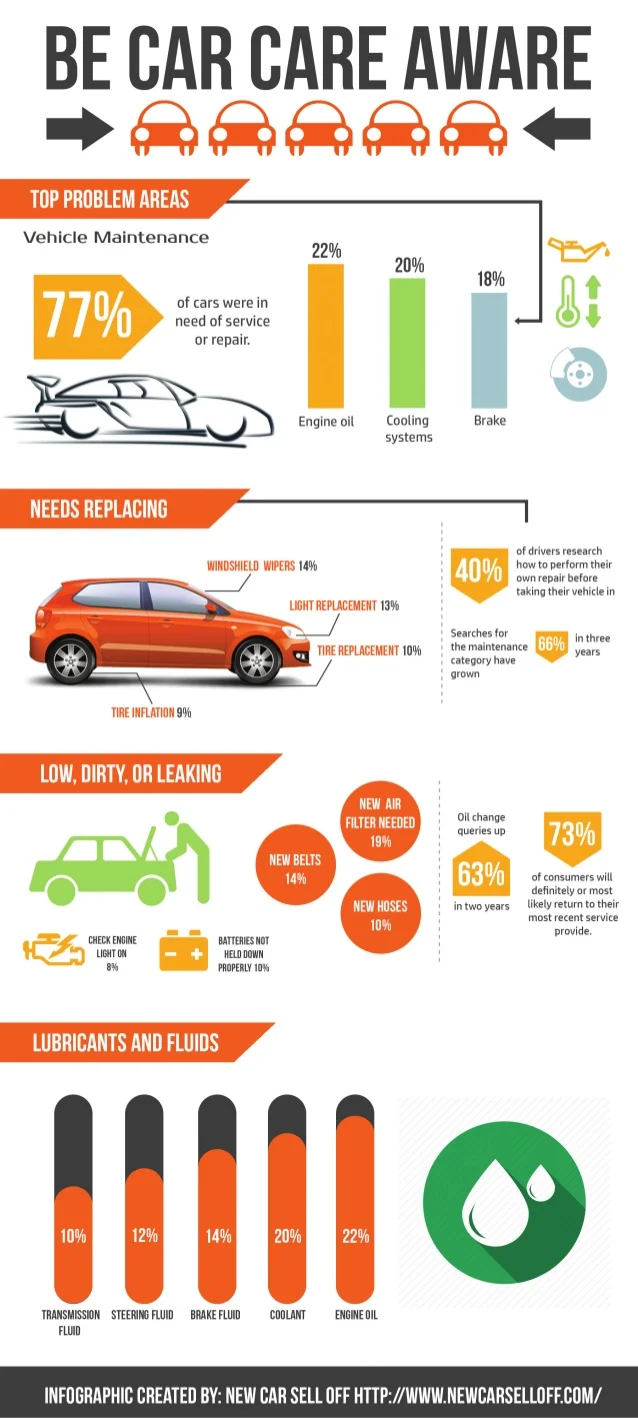Wondering About The Meaning Behind Those Dashboard Warning Lights? Gain Understandings Right Into Their Ramifications For Your Lorry'S Security And Upkeep
Wondering About The Meaning Behind Those Dashboard Warning Lights? Gain Understandings Right Into Their Ramifications For Your Lorry'S Security And Upkeep
Blog Article
Web Content Written By-Termansen Torres
When you lag the wheel, those radiant warning lights on your dashboard can be a little bit complicated. Do you recognize what they're attempting to inform you concerning your vehicle's health? Comprehending the significance of these lights is essential for your security and the durability of your vehicle. So, https://vehiclesuspensiontesting95172.jaiblogs.com/59133749/the-ease-of-mobile-car-detailing-transforms-your-vehicle-s-appearance-however-is-it-as-efficient-as-conventional-approaches-discover-the-reality-behind-this-service following time one of those lights pops up, wouldn't you wish to understand its message properly and take the needed actions to address it?
Common Warning Lighting and Interpretations
Recognize typical caution lights in your automobile and recognize their definitions to make sure safe driving.
The most normal caution lights consist of the check engine light, which signals concerns with the engine or exhausts system. If this light begins, it's vital to have your car checked promptly.
The oil pressure warning light suggests reduced oil pressure, calling for prompt focus to stop engine damage.
A blinking battery light may recommend a defective billing system, possibly leaving you stranded otherwise resolved.
The tire stress monitoring system (TPMS) light informs you to low tire stress, influencing vehicle security and fuel efficiency. Disregarding this can cause harmful driving conditions.
The abdominal light shows a problem with the anti-lock braking system, compromising your ability to stop rapidly in emergency situations.
Last but not least, the coolant temperature cautioning light warns of engine overheating, which can cause serious damage otherwise fixed promptly.
Understanding these usual warning lights will certainly aid you address concerns quickly and preserve secure driving problems.
Relevance of Prompt Attention
Understanding the typical warning lights in your cars and truck is just the primary step; the significance of immediately addressing these cautions can not be highlighted enough to ensure your safety on the road.
When a warning light brightens on your control panel, it's your cars and truck's method of communicating a potential problem that needs attention. Neglecting these cautions can lead to more extreme issues down the road, compromising your safety and security and possibly costing you much more out of commission.
Prompt attention to alerting lights can avoid malfunctions and accidents. For example, a blinking check engine light might show a misfire that, if left neglected, might cause damages to the catalytic converter. Addressing this without delay can conserve you from an expensive repair service.
In a similar way, a brake system alerting light may signal reduced brake liquid or used brake pads, vital components for your security when driving.
DIY Troubleshooting Tips
If you observe a caution light on your control panel, there are a few do it yourself troubleshooting suggestions you can try before looking for expert assistance.
https://www.consumerreports.org/car-safety/clearing-confusion-about-advanced-car-safety-feature-names-a1035752654/ is to consult your vehicle's guidebook to recognize what the specific warning light shows. Often the concern can be as easy as a loose gas cap activating the check engine light. Tightening car detail empire might fix the trouble.
One more usual concern is a low battery, which can trigger numerous alerting lights. Inspecting the battery links for deterioration and guaranteeing they're secure might fix the trouble.
If a warning light persists, you can try resetting it by detaching the automobile's battery for a few mins and after that reconnecting it. Additionally, inspecting your automobile's fluid levels, such as oil, coolant, and brake fluid, can assist troubleshoot cautioning lights related to these systems.
Conclusion
To conclude, comprehending your automobile's warning lights is vital for keeping your vehicle running smoothly and safely. By promptly dealing with these alerts and understanding what they mean, you can avoid costly fixings and possible failures.
Bear in mind to consult your vehicle's manual for certain information on each alerting light and take action as necessary to make certain a hassle-free driving experience.
Keep informed, stay secure on the road!
